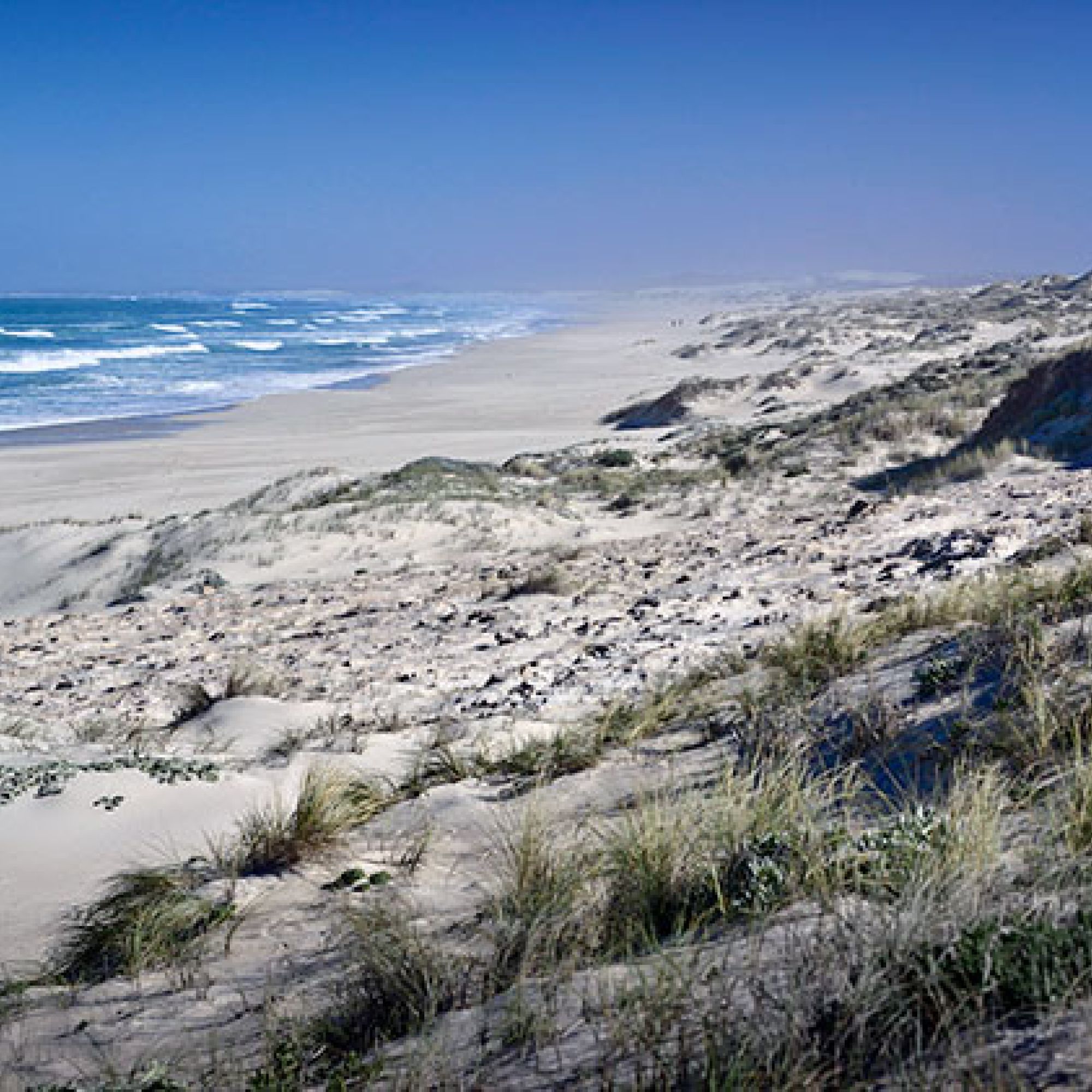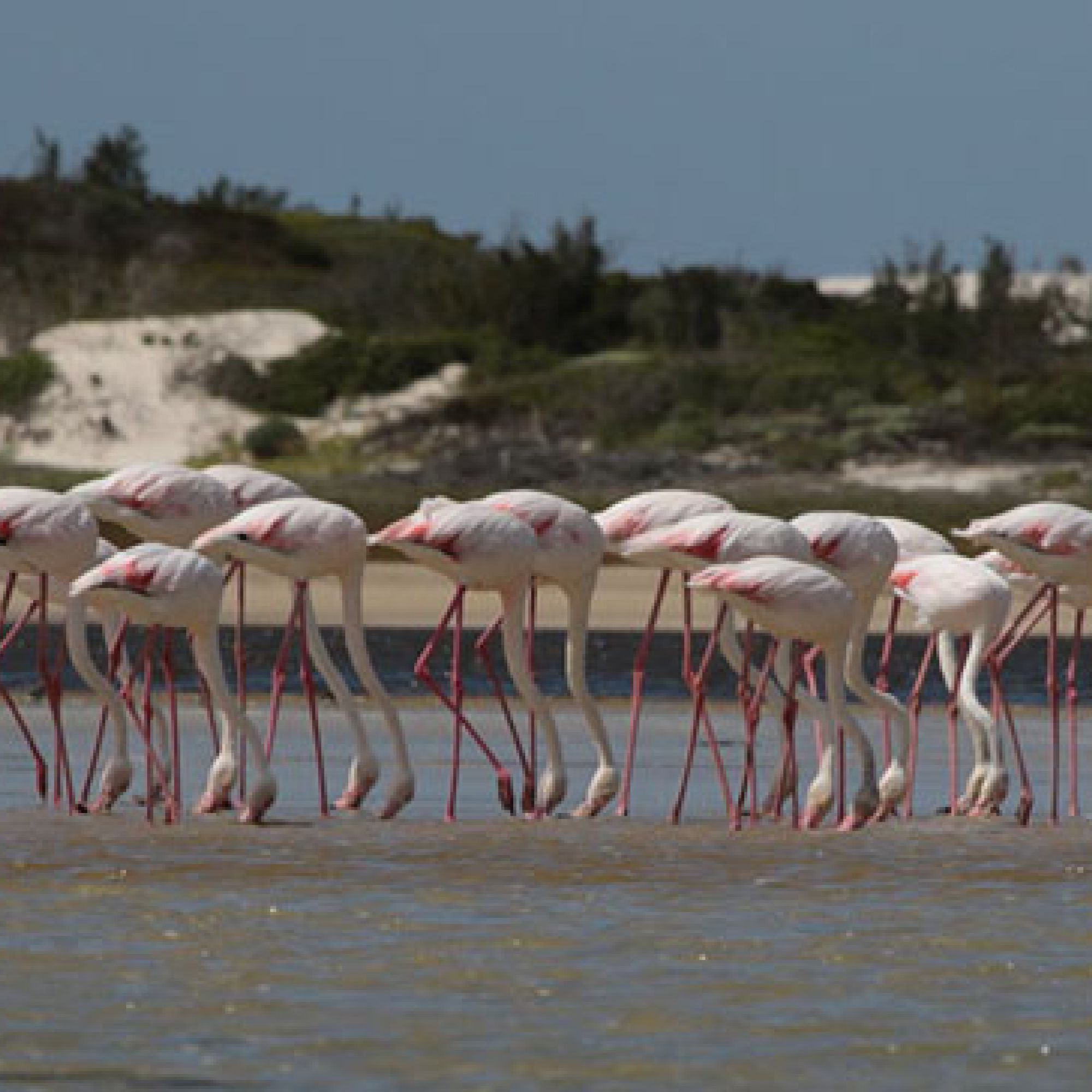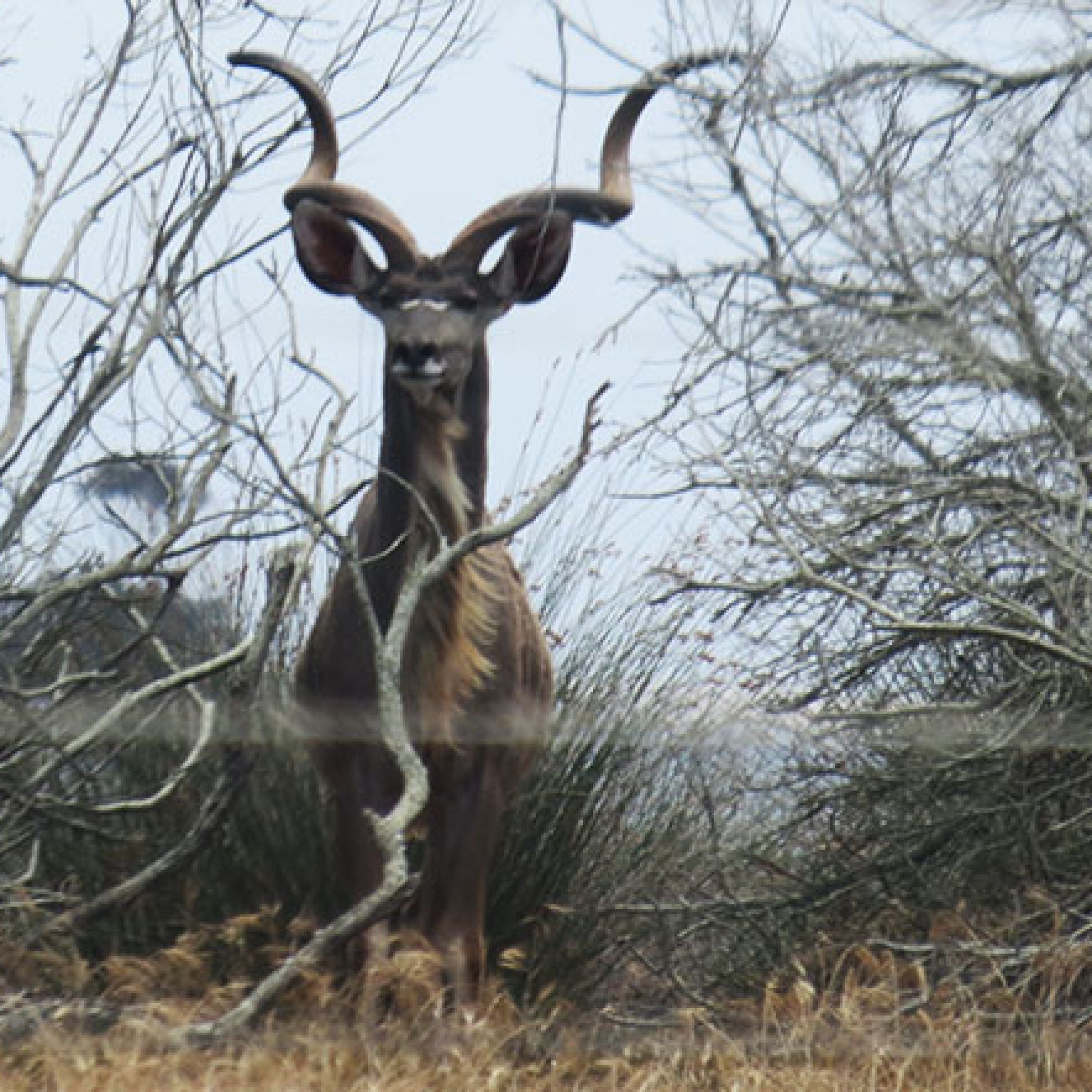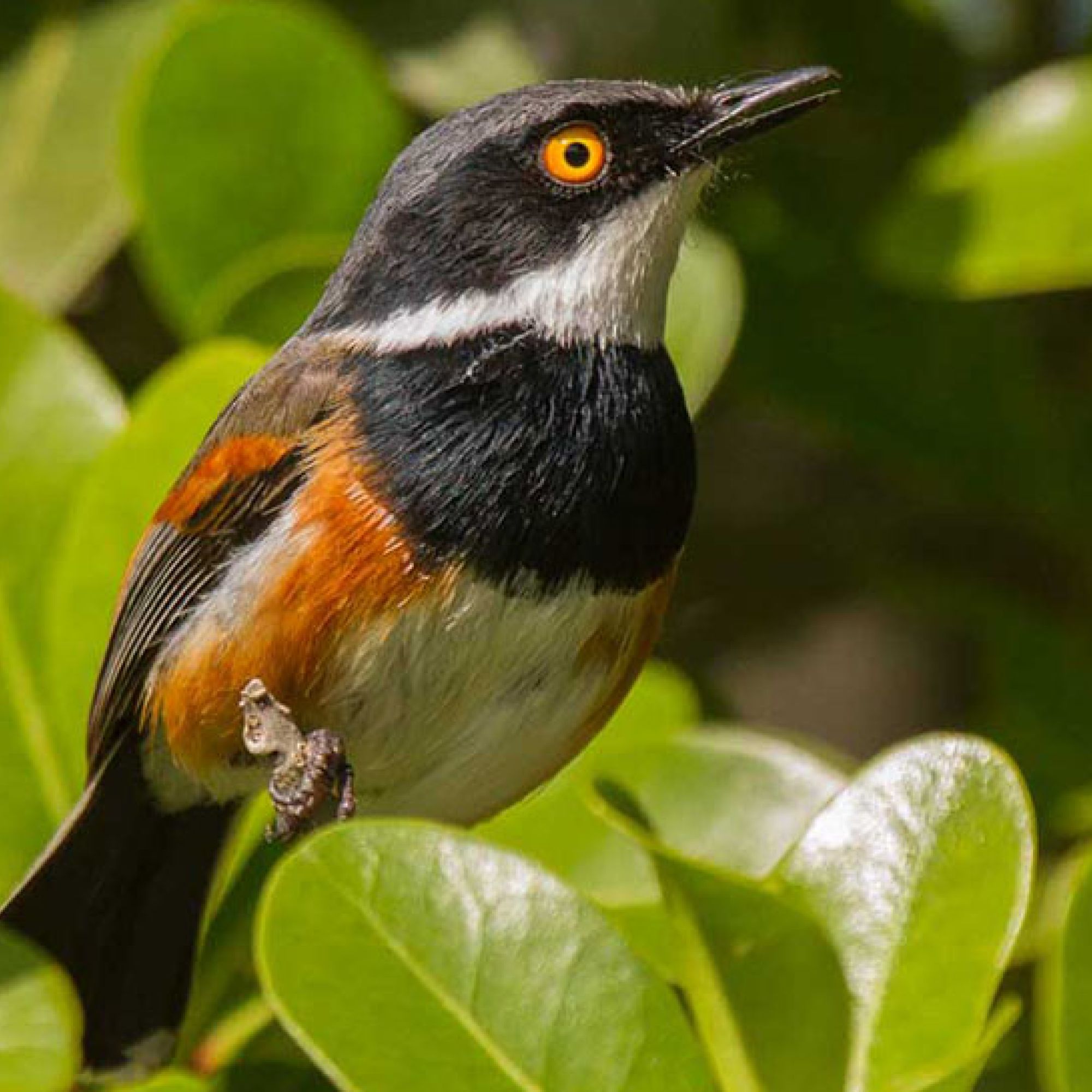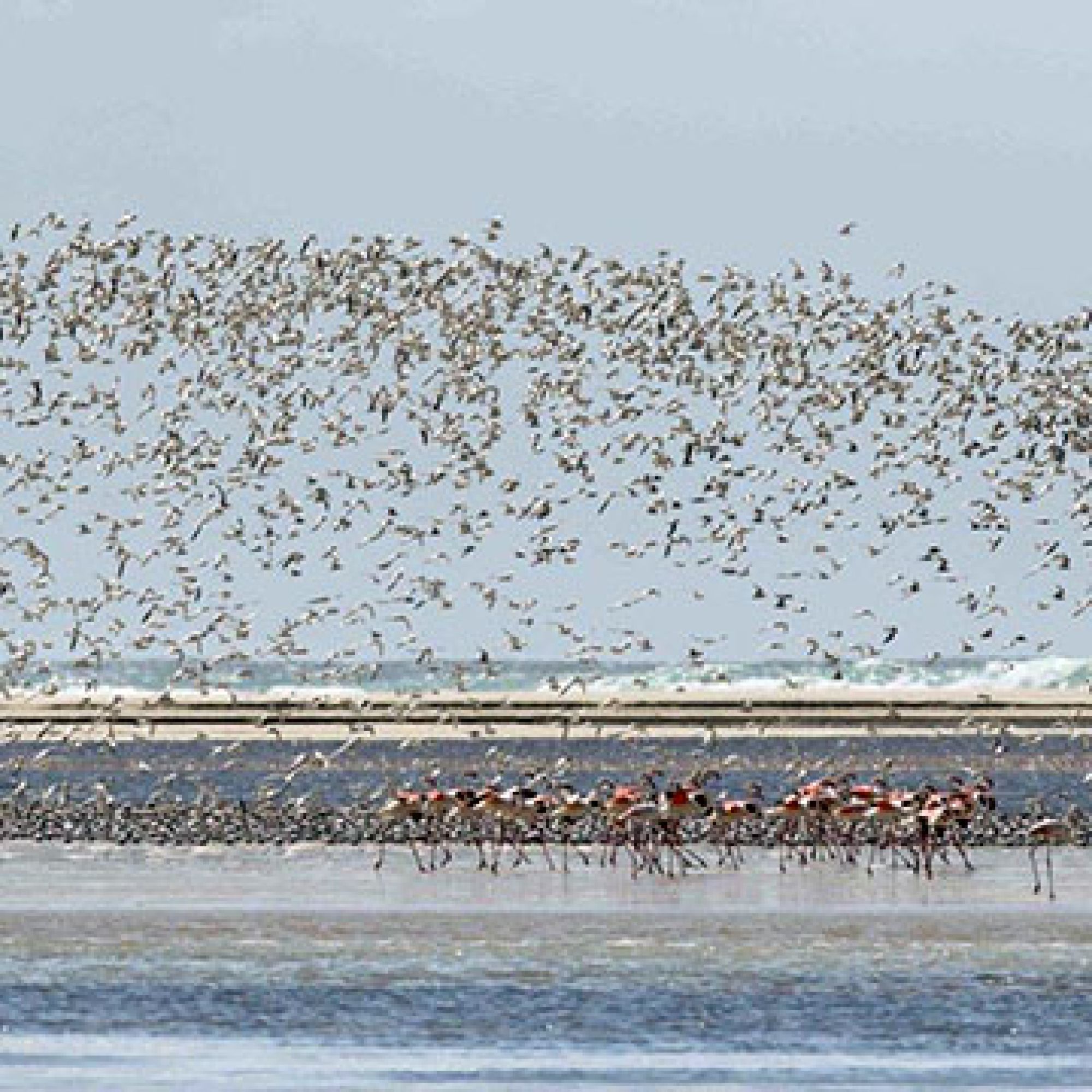De Mond Nature Reserve Conservation
Before De Mond became a nature reserve, the area’s sand dunes were stabilised with indigenous vegetation. The reserve’s vegetation ranges from dune milkwood forests to saltmarshes, which sustain the river’s ecosystem. Inland, dune fynbos grows next to limestone fynbos.
De Mond is also home to grysbok, steenbok and grey duiker. The only notable predator is the caracal, which is seldom seen. The reserve also has an abundance of reptiles and amphibians. Visitors should look out for puff adders, particularly in spring. The reserve’s rich birdlife make it a popular destination for birders. De Mond is a breeding site for the threatened damara and caspian terns. The reserve also protects the rare African black oystercatcher and the endangered blue crane.

